Usability Testing Focussed on Accessibility
Client: Parks Canada
Project Goal
The goal of this project was to conduct usability testing of the updated Parks Canada website, with a focus on accessibility improvements. By involving users with disabilities, the project aimed to evaluate top tasks and specific content designed for accessibility needs, in order to meet the commitments of the Accessible Canada Act. The findings from the research provided baseline data, analysis, and recommendations to enhance the website’s overall user experience, with a focus on integrating and evaluating accessibility content throughout the site.
Challenges
Recruitment
Recruiting participants was more challenging than usual, primarily due to the demographic requirements of this project. However, we successfully identified and engaged participants with diverse accessibility issues.
Comfort Level
There was a possibility that participants with disabilities might not always feel comfortable during the session, which could impact their willingness to engage fully in the testing process.
In-Person Testing
Conducting in-person testing posed additional challenges. In order to tackle this, we conducted the in-person sessions at the participants’ homes or at locations with good accessibility accommodations. We also had a transparent conversation with participants prior to the session to note any other accommodations or the need for a support person.
Methodology
Task Development
In collaboration with the client, we developed and implemented scenarios that mirrored actual usage of the website for clients and caregivers.
Recruitment
Participants were recruited from the JE UXM database and through the Parks Canada website. They had impairments related to physical, cognitive, visual, hearing, or mobility issues, or a combination of these.
Testing
A total of 16 sessions were conducted, involving one-on-one, moderated usability testing, both remote and in-person.
Reporting and Presentation
The key findings and recommendations were compiled into a comprehensive report and presented to the client.
Findings
The majority of participants—13 out of 16— indicated that they actively engage in camping or hiking, of which 2 participants also noted they used to participate in these activities prior to having mobility issues.
-
Several participants were pleasantly surprised by the amount of accessibility information provided and found it valuable.
-
Many participants appreciated the varied representation of information, particularly photos and icons.
However, although visuals were helpful, some icons were difficult to understand, and participants expressed the need for more accurate images depicting location features (e.g., the steepness of slopes).
-
Most participants, especially those using screen readers, relied on the main section headings for navigation.
Some participants struggled to find specific accessibility features directly from the homepage and at times, the amount of information presented was overwhelming, making it difficult for participants to find what they needed.
Additionally, participants generally found it challenging to retrace their steps on the website.
-
While some participants appreciated having a map, others found it frustrating, particularly when using a screen reader or trying to filter accessible locations.
-
Some participants indicated they would prefer to call Parks Canada directly rather than searching for information online.
Solutions
Our strategy included the following solutions:
-
Ensure consistency in language across the website, such as matching hyperlink text and button labels with the titles and headings of the pages they lead to in order to reduce confusion and improve navigation.
-
Support icons with descriptions or a legend to help users identify accessible features more easily. Additionally, incorporate more relevant visuals to support complex data and explain implications of details, such as the difference between firm and soft terrain and its impact on accessibility.
-
Provide a feature that allows users to browse through a list of all accessible trails, enabling them to quickly scan information rather than manually checking individual locations.
-
On the homepage, include an "Accessibility" section within the website's information architecture (IA). This section could provide a regional categorization of parks with accessible services or activities, which is cross-linked to the specific "accessibility" sections on each park's landing page.
Additionally, implement a toggle function on the homepage map to indicate accessible locations, similar to how National Historic Sites are displayed.
-
Leverage the key short-tail and long-tail keywords identified during testing to enhance the site's SEO performance.
